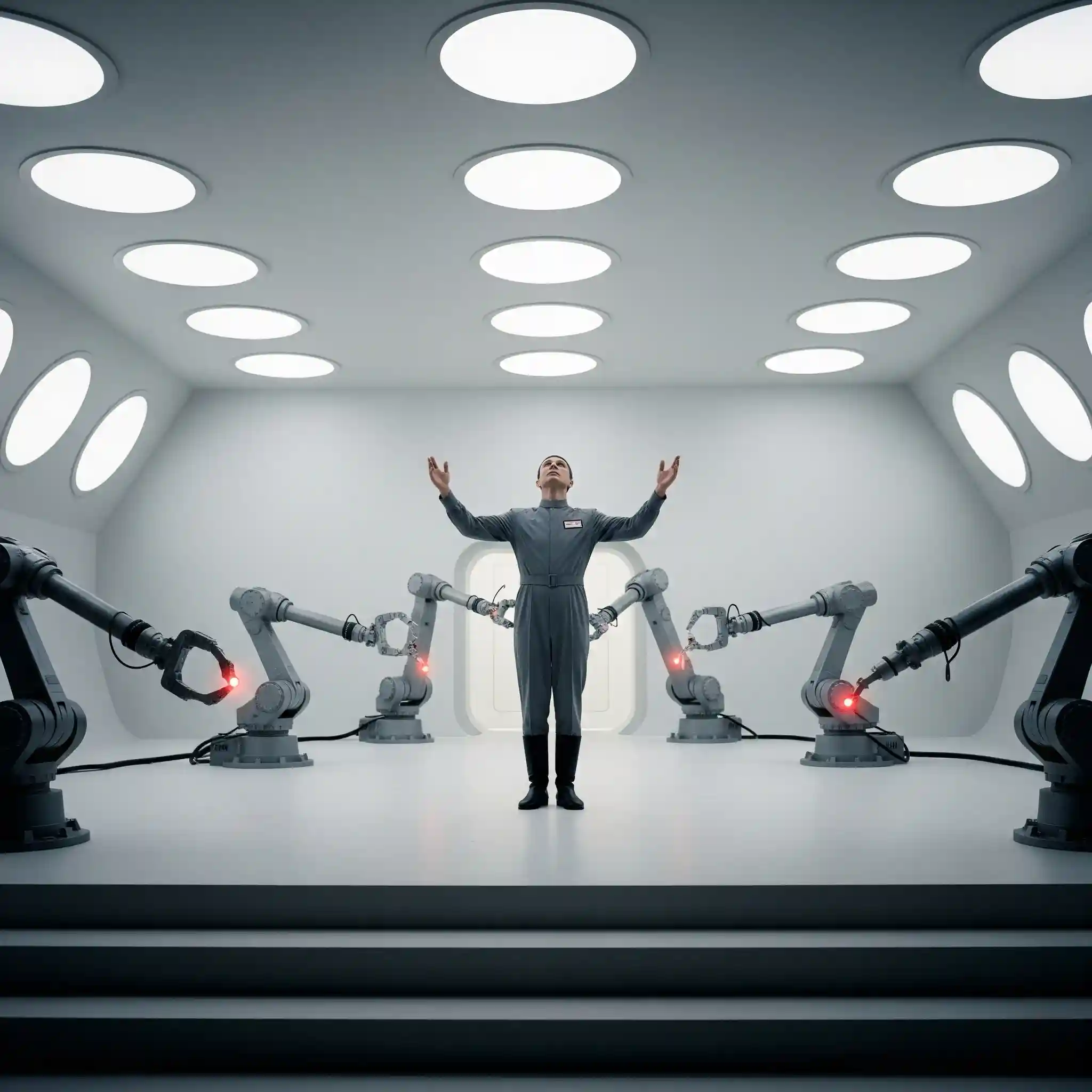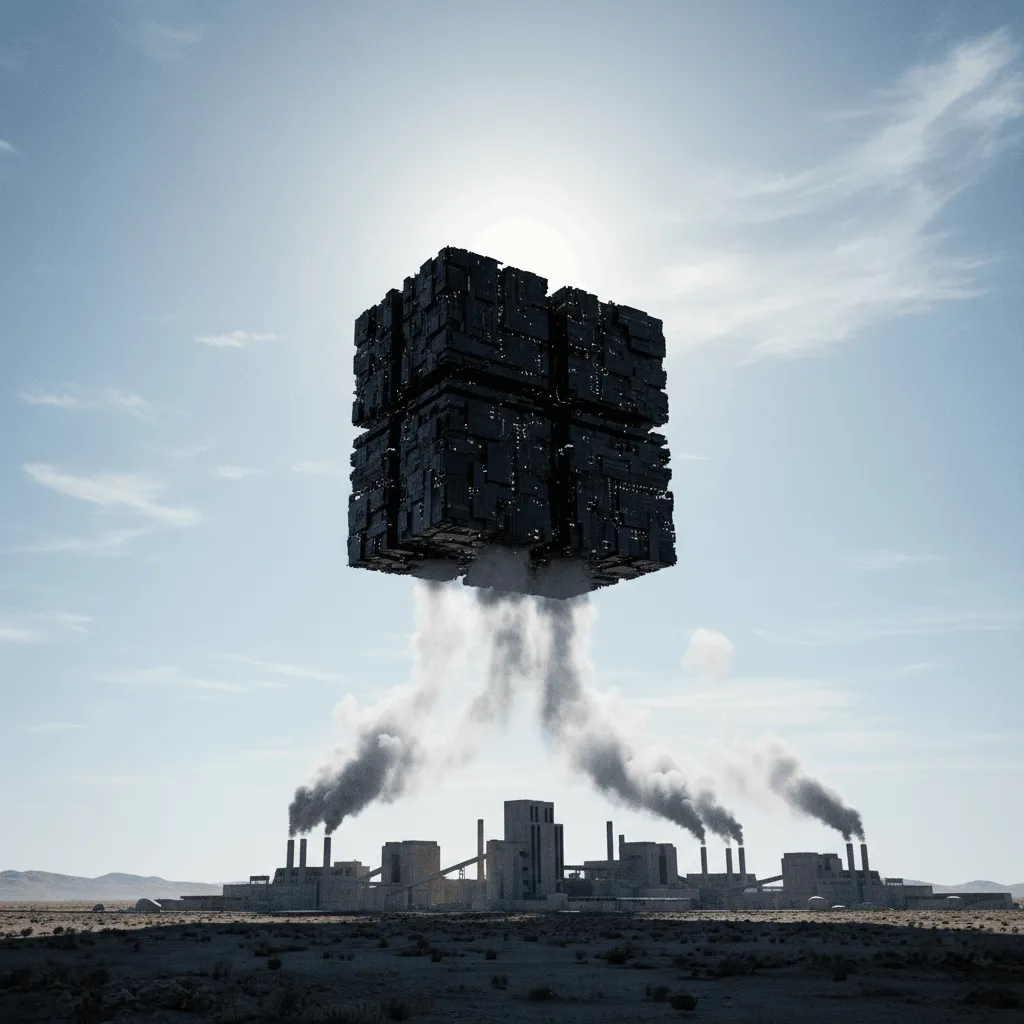NVIDIA is Laying the Industrial AI Foundation
Industrial AI cloud
The world's first purpose-built industrial AI cloud, based in Germany with 10,000 GPUs specifically for European manufacturing. This isn't another data center play - it's NVIDIA positioning itself as the foundational infrastructure for Industry 4.0. When NVIDIA builds infrastructure this specific, they're betting big on where manufacturing is heading. Link
NVFP4 low-precision format
New format designed to optimize AI models for inference through compression techniques, targeting greater efficiency and accuracy. This is critical for deploying advanced AI models on edge devices and in resource-constrained industrial environments. Low-precision inference allows faster computation and reduced memory footprint, making it feasible to run complex vision AI directly on factory floor equipment. Link
TensorRT for RTX SDK
SDK for C++ and Python applications on Windows and Linux, designed to enable high-performance AI applications. This gives developers the tools to optimize and deploy vision models on RTX GPUs, accelerating real-time AI inference for industrial workstations and edge devices that need high throughput and low latency. Link
Cognex and Elementary Push the AI Shift
Cognex OneVision platform
Cloud-based platform for building, training, and scaling AI-powered vision applications. The market leader is finally embracing the cloud-native, AI-first approach that upstarts like Elementary have been championing. This shift validates the new paradigm and should accelerate adoption across diverse production lines. Link
Elementary VisionStream AI
Self-training system that automatically learns product quality standards using deep learning, eliminating manual image labeling. This addresses the skilled labor shortage head-on while making the self-learning capability crucial for accelerating adoption in high-mix manufacturing environments. Link
Big Tech Shows Us What's Next
Google's Gemini 2.5 expansion
Made Gemini 2.5 Flash and Pro generally available, plus launched 2.5 Flash-Lite, their most cost-efficient model. Also released Imagen 4 with significantly improved text rendering for developers. The Flash-Lite model democratizes powerful multimodal AI, while Imagen 4's better text rendering is crucial for generating high-quality synthetic training data when real-world data is scarce. Link
Meta's V-JEPA 2 world model
Trained on video to enable robots and AI agents to understand the physical world and predict outcomes before taking action. This is a fundamental leap from passive observation to predictive understanding. For machine vision integrated with robotics, this means future systems can anticipate outcomes, plan complex maneuvers, and adapt to dynamic environments. Link
Hardware and Tools March Along
Photoneo PhoXi 3D Scanner Gen3
Industrial 3D scanner capturing ultra-precise geometry and full-color texture in a single scan, featuring blue laser technology, 8 MP color camera, and AI-powered inspection support with working distance up to 6m. This sets new benchmarks for 3D scanning precision and versatility, particularly critical for advanced robotic automation and quality control on challenging surfaces. Link
Xiris NIR Weld Camera System
Near Infrared camera with 140+ dB High Dynamic Range imaging and advanced NIR illumination synchronized to the camera. This addresses the critical need for clear visualization in extremely bright welding and additive manufacturing environments, improving process monitoring and quality control in challenging applications. Link
Mountains 11 surface analysis software
New version setting standards in surface image analysis. Surface metrology is critical for quality control across industries, and better software means more precise defect detection, texture analysis, and quality assurance for high-precision manufacturing. Link
Partnerships and Protection Matter, Too
MVTec-Siemens partnership expansion
Siemens joined the MVTec Technology Partner Program, deepening their cooperation in industrial automation. This partnership between a leading machine vision software provider and industrial automation giant will likely lead to more seamless integration of advanced AI and deep learning algorithms into factory automation solutions. Link
LMI patent victory in China
Won patent infringement case against Hypersen Technologies, upholding proprietary dual-axis chromatic confocal technology. This legal victory protects core intellectual property in 3D vision technology and underscores the importance of innovation and IP defense in the competitive machine vision market. Link
The Bottom Line
We're seeing a shift from vision as a specialized tool to vision as foundational infrastructure. NVIDIA's industrial AI cloud, Cognex's cloud platform, and Elementary's self-training systems all point toward making advanced machine vision more accessible and scalable.
The research breakthroughs in predictive robotics, edge optimization, and human-robot collaboration suggest we're moving toward truly intelligent, adaptive systems that can handle the complexity and variability of real manufacturing environments.
Most importantly, the focus on reducing deployment complexity - whether through self-training, cloud platforms, or more compact hardware - addresses the biggest barrier to adoption: making these systems practical for manufacturers who aren't AI experts.
But there's a catch. All these advances sound great individually, but integrating cloud AI, edge hardware, and legacy factory systems is still a nightmare. Most manufacturers will need system integrators who understand both cutting-edge AI and 30-year-old production equipment.
Missed Issue 1? Catch up on our first deep dive into machine vision and AI for manufacturing.
About The Vision Roundup
What matters in machine vision and AI for manufacturing? What’s happening on the factory floor, what does it mean for production, and where is technology heading next?
At Elementary, we’ve spent years at the intersection of manufacturing, AI, and vision systems, helping factories deploy practical, next-gen solutions. This newsletter shares what we see, what’s new, and what you need to know to stay ahead.
Need help with machine vision? We put advanced vision to work on the factory floor, making enterprise-grade AI accessible to any manufacturer.




